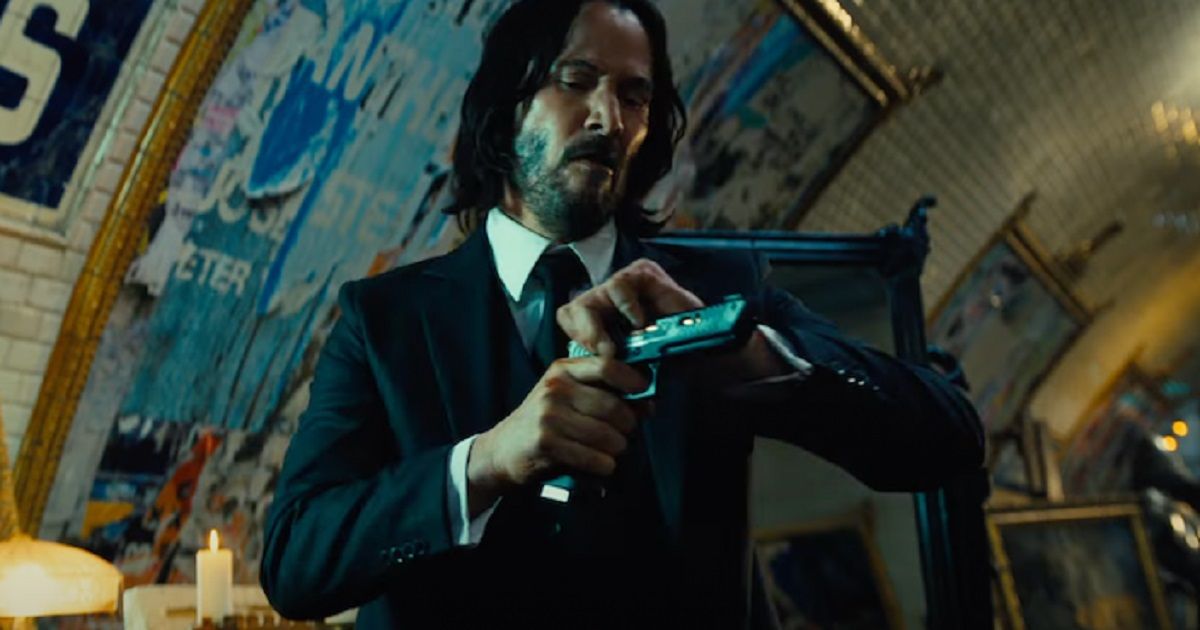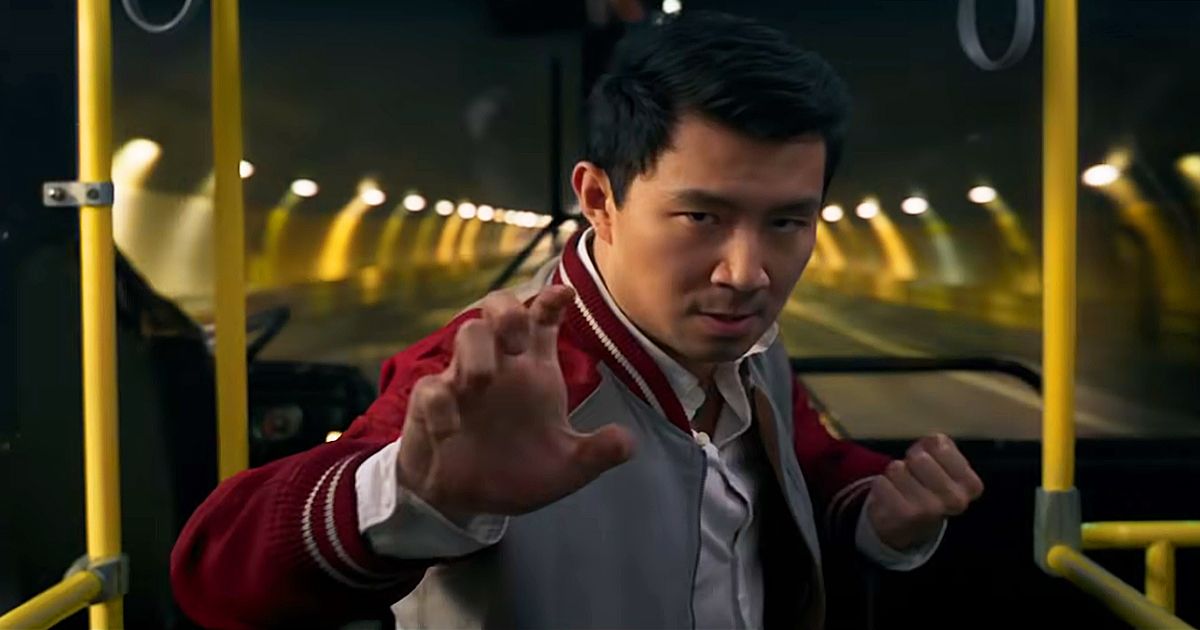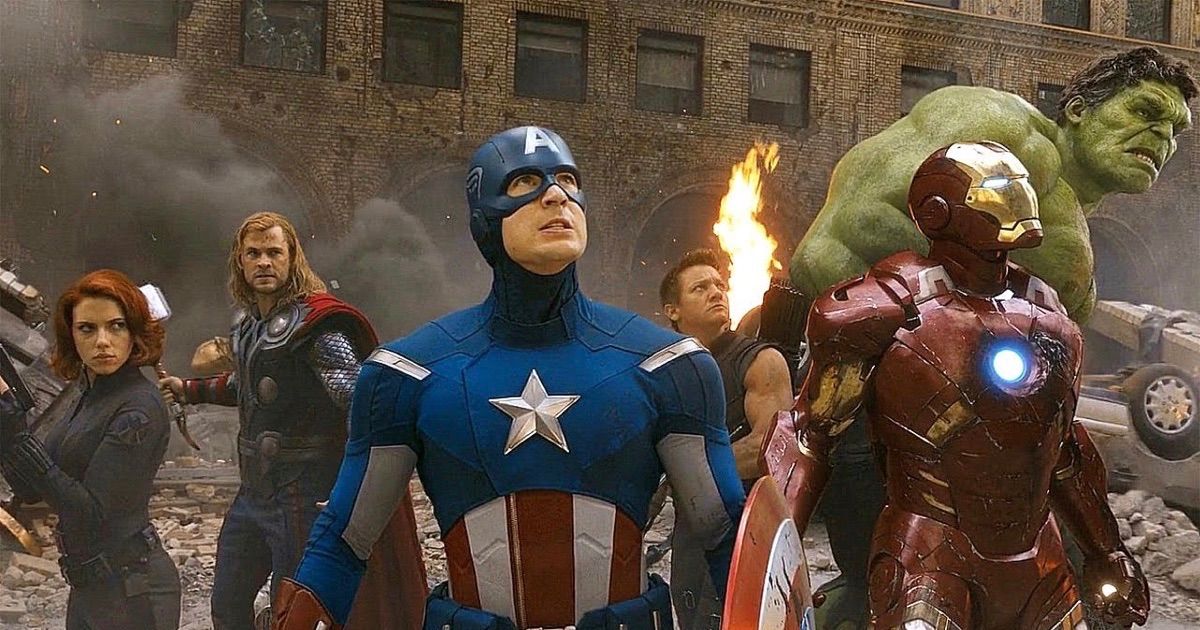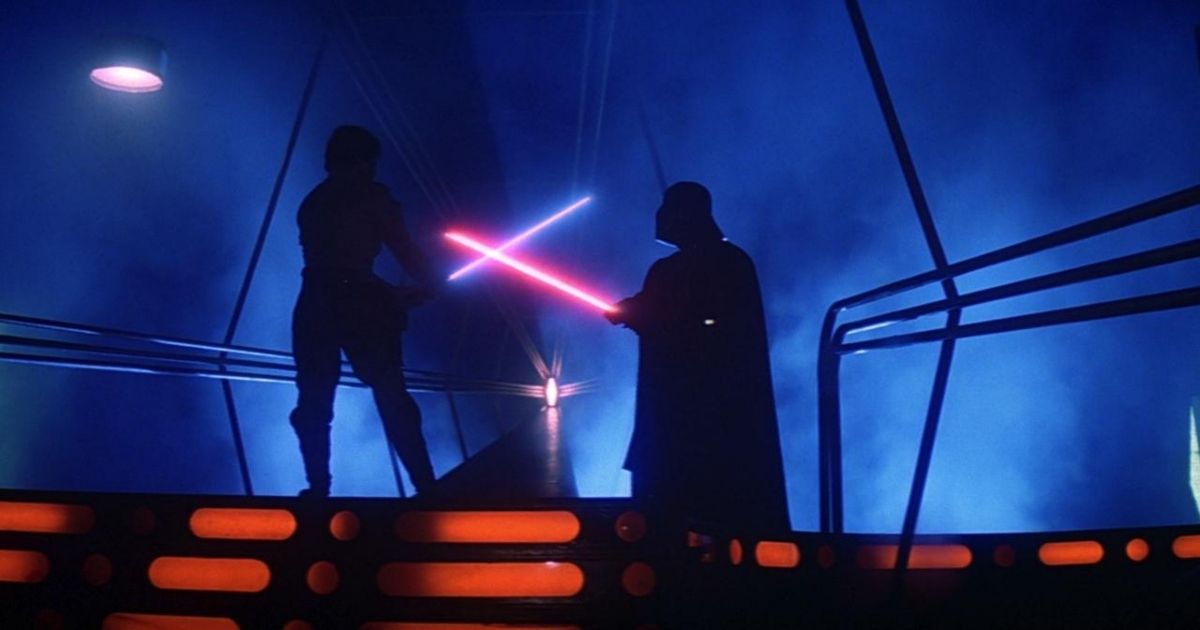In any action film, one thing that is certain is that there will be a physical confrontation between two or more characters. Whether the fighters are engaging in martial arts, dueling with swords, or just duking it out in a straight-up fist fight, these are the moments that define most action films. Sometimes, there are special powers involved, while, other times, the confrontation can be very grounded in reality. Whatever the case, all the best fights will have one thing in common: they elevate the storytelling.
Most fight choreographers will go in with a good grasp of what’s going on in the story and the characters that are involved. The point isn’t just to have two characters fight for the sake of fighting: they must have a reason to step up and let their fists do the talking. Regardless of the setting, this is a consistent element of fight scenes. Let’s dive in to a few of the ways a good fight scene helps to take a good action film and make it into a truly great one.
Fight Scenes Express Character
In general, no two characters will ever fight in exactly the same way. When characters fight, their individual "style" that is employed will usually be an extension of that character's identity, including their ideals, goals, motivations, and attitude. This is something that goes back at least as far as Shakespeare, when Mercutio describes Tybalt's fencing ability, a passage you can watch at myShakespeare.com.
In unarmed combat, a heroic character will have a softer, more dexterous way of engaging an opponent, almost more in line with avoiding the conflict altogether, while villains are shown with powerful and direct movements that are as efficient as they are deadly. This sort of attitude is exemplified in Shang-Chi's final fight with Wenwu in Shang-Chi and the Legend of the Ten Rings, as his flowing and graceful technique is used to redirect and avoid the brutal strikes of "The Mandarin." This itself is inspired by classical kung fu movies, as explained by the director to Collider.
When weapons or superpowers are involved, this becomes inverted, with villains using enormous amounts of firepower to outright destroy their targets, while most heroes fight to disable their adversaries. Ultimately, what we are treated to as an audience is the difference between a villain's ruthlessness and a hero's compassion expressed in a physical way that highlights their differences more effectively than a speech ever could.
A Fight Is an Immediate and Serious Ordeal for Heroic Characters
Most stories have multifaceted plots and challenges that take place over a long span of time. The hero must face and overcome several challenges in order to accomplish a specific outcome, and that overall plot cannot be observed all at once or easily understood. In the case of an action movie, a fight scene can be used to express the main points of the plot without mountains of exposition.
In cases like this, the hero will be fighting uphill, facing an opponent that embodies what they are up against. This could be anything from an opponent with opposing ideals to a hopelessly mismatched battle with an implacable enemy. These fights have a certain symmetry with the larger plot, becoming a reflection of the odds, as well as the stakes. In the beginning, the villain will sometimes win easily, and demonstrate the starting point by declaring the hero beneath their notice.
When well-executed, fight scenes like this can act as a sort of diorama for the story, striking many of the same beats and chords as the plot to demonstrate or foreshadow where the story will go and how it will progress. By presenting a hero with a real and immediate threat, the stakes are raised, and the plot gains instant tension. In addition to the plot itself, these scenes can also demonstrate the roles of both characters in the story, and subtly clue the audience in to the strengths and weaknesses of the characters and how they may impact the story.
Fight Scenes Can be Used to Demonstrate Character Development
It is not often that the hero and villain only clash a single time. At the beginning of their journey, most heroes come up against their adversaries when they are far from prepared for the conflict, and the result is always a crushing defeat. Following the loss, the hero will go on to learn from their mistakes, and gain the skills and mindset that they need in order to overcome the thing that defeated them in the first place.
An important thing to remember is that this is never simply an increase in martial ability, as there are also character flaws in these contests that directly contribute to the initial loss. Part of the journey of the hero is to address flaws in themselves that hold them back, and transcend the person that they began the story as. When the final confrontation occurs, they will leverage their martial skills, but also the change in attitude to more evenly compete, or even completely reverse their previous failure and defeat their opponent.
This is exemplified in the original Star Wars trilogy by Luke Skywalker, whose rushed and reckless rescue of his friends in Empire Strikes Back lost him a hand. In the final film, Luke's approach is more defensive, and he engages Darth Vader as much with his words and ideology as with his lightsaber, redeeming his father through compassion rather than the need to defeat him in combat. This is far from the only example, however, and this is the most common and obvious way that fight scenes contribute to a good story.




